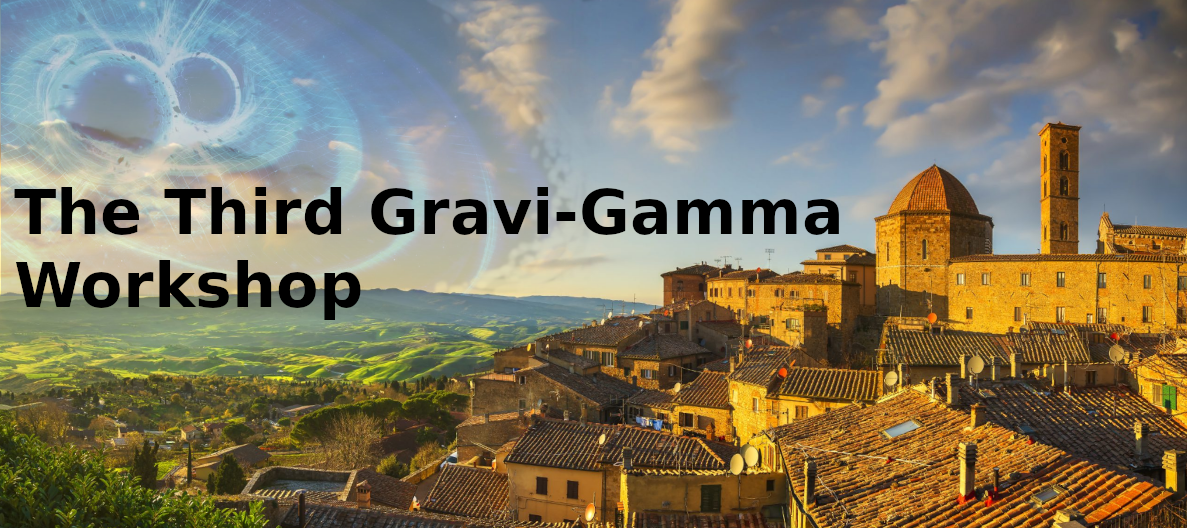Speaker
Description
After several decades from their conception kilometric volume neutrino telescopes put the basis for a very-high-energy neutrino astronomy. The samples of astrophysical events detected by the IceCube collaboration show spectral energy distributions compatible with a multicomponent astrophysical origin. While the low energy part of this measured flux can be accounted by the “reservoirs” emission the high energy one is naturally explained by extragalactic accelerators. Track-like event samples obtained from long observational time of IceCube and Antares telescopes did not showed a clear signature of know galactic or extragalactic point-like objects. On the other hand multi-messenger follow-ups of peculiar astrophysical events, like TXS0506+056 already indicated enthusiastic perspectives. A different case is represented by the diffuse neutrino fluxes analysis where we already got important hints about their origin.
The incoming Global Neutrino Network based on IceCube/IceCube-Gen2, KM3NeT, Baikal-GWD and P-ONE will be crucial to constrain the different astrophysical components as well as to optimize the follow-up strategy for electromagnetic and gravitational wave transient events. In this presentation we review the status of long observational periods with related astrophysical evidences as well as the high-energy neutrino follow-up programs.

